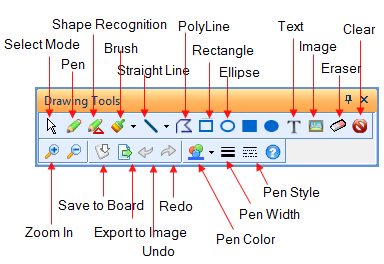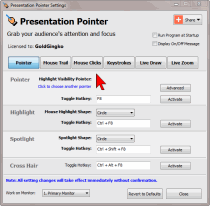
Axonometric works by drawing a plan view at a 45 degree angle with the depth added vertically. It is used by interior designers, architects and landscape gardeners. Axonometric (45 degree angle) or planometric (60/30 degree angles) as it is sometimes known is a method of drawing a plan view with a third dimension. Click here for Oblique drawing worksheets for your classroom Perspective drawingsĪ method of projection in which a three-dimensional object is represented by a drawing having all axes drawn to exact scale, resulting in the optical distortion of diagonals and curves. Diagram (a) has been drawn in Cavalier and diagram (b) is in Cabinet. Cabinet projection is an oblique projection where the length of the lines projecting backwards are halved. A cabinet projection is used to correct this deficiency. The resulting figure appears too thick and distorted. A cavalier projection is obtained when the angle between oblique projectors and the plane of projection is 45⁰ and the rear projections are true to size. The difference between the two is how the depth of the object is represented. (Diagram 1.1) These are Cavalier and Cabinet projection. There are two specific forms of Oblique drawings. In fact, the oblique projection of these faces is the same as an orthographic front view.Ĭavalier and Cabinet Projection Diagram 1.1 (a) Cavalier (b) Cabinet

However only faces of the object parallel to the plane of projection are shown at there true size and shape. Oblique projections illustrate the general 3 dimensional shape of the object. However, to draw accurately in oblique projection traditional drawing equipment is needed. It is quite a simple technique compared to isometric or even perspective drawing. It is a method of drawing objects in 3 dimensions and may be drawn at any angle although 45⁰ is generally used. Oblique projection is probably the simplest method of producing a pictorial drawing because surfaces are directly in front of the viewer will look very similar to the front view in an orthogonal drawing. In this drawing the three visible faces appear as equilateral parallelograms that is, while all of the parallel edges of the cube are projected as parallel lines, the horizontal edges are drawn at an angle (usually 30°) from the normal horizontal axes, and the vertical edges, which are parallel to the principal axes, appear in their true proportions. The representation of the object seen below is an isometric drawing of a cube. An isometric projection results if the plane is oriented so that it makes equal angles with the three principal planes of the object. Isometric drawings or images have become the industry standard for parts manuals, technical proposals, patent illustrations and maintenance publications due to their use of true length and the ability for untrained people to understand. These dimension can be taken from either drawings completed in orthographic or by measuring an object. The true dimension of the object is used to construct the drawing. In an isometric drawing, the object’s vertical lines are drawn vertically, and the horizontal lines in the width and depth planes are shown at 30 degrees to the horizontal. An Isometric drawing is one of a family of three-dimensional views called pictorial drawings.

They can be completed using the 30/60 set square or freehand. An Isometric drawing is a way of presenting designs in three dimensions (3D). One is drawn vertically and the other two with the 30° set square either side of it. Isometric drawings are built on three lines, called isometric axes. Presentation Assistant is a must have for presentations.Isometric drawing is the most commonly used method of pictorial drawing. It basically lets the user draw basic forms and objects on the whole computer screen making it an ideal tool during presentations, video conferences or other kinds of meetings where the computer monitor is being shown. Presentation Assistant also emulates a computer whiteboard. With the Screen Draw tools, you can draw all kinds of lines, rectangles, circles, or add text marks or picture marks on the screen to emphasize or clarify the text or diagrams on the screen, so the interpretation or demonstration can be clearer. The zoom level is controlled by your mouse wheel or the Ctrl and +/- keys, while the mouse itself pans around the screen. Only by the simple press of a key, you can magnify any portion of the screen around the mouse cursor by up to 16 times. It also enables you to open documents or programs quickly, and play background music conveniently during the presentation. Presentation Assistant provides various tools to bring the audience's attention to a specific spot, and allows you to zoom in and annotate the screen.

Presentation Assistant is a cute tool which helps in screen presentation, education, demonstration, explaining, and internal meeting at work or if you just need to explain someone something on your computer.


 0 kommentar(er)
0 kommentar(er)
